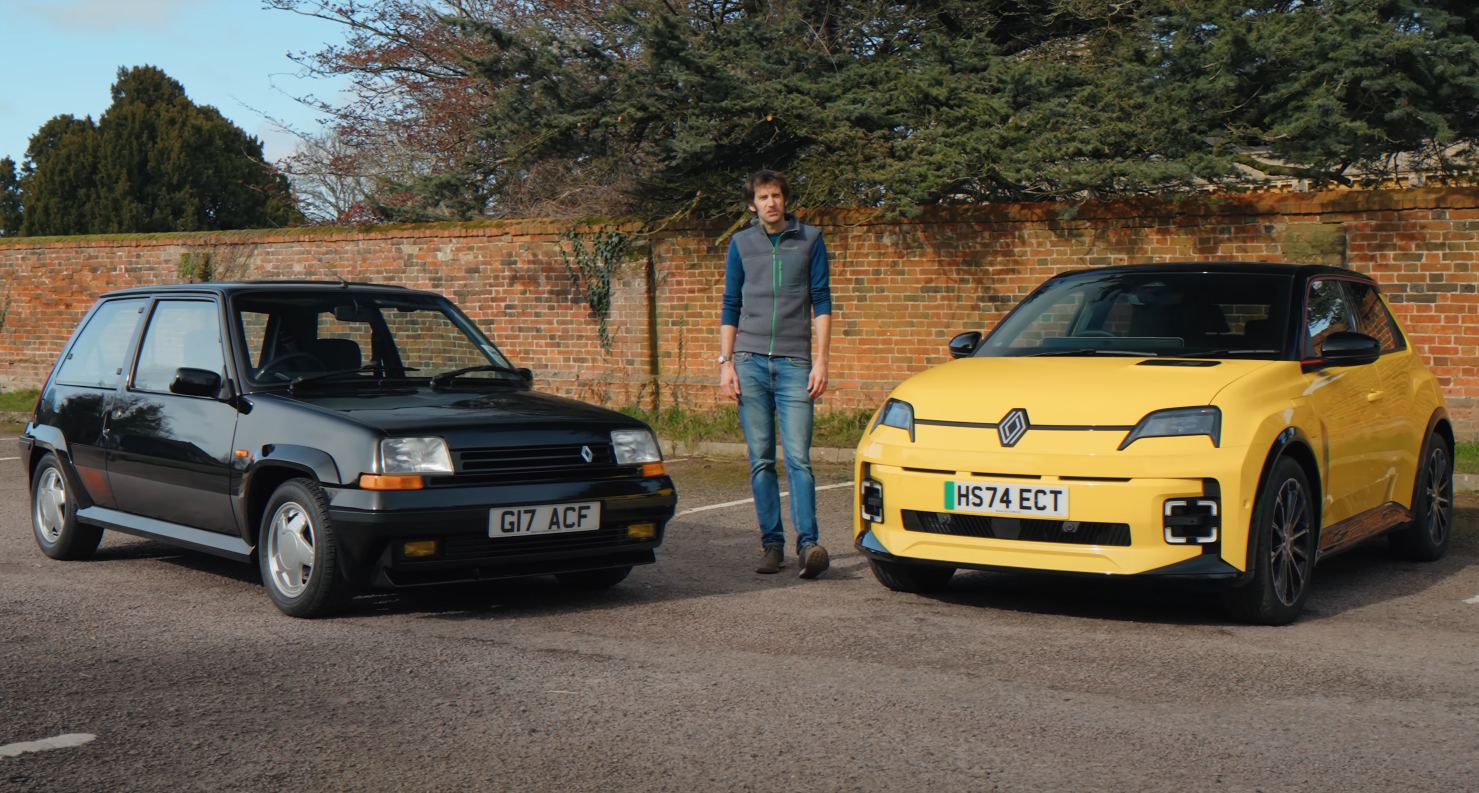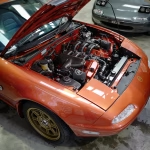Driving one McLaren GTR would make for an amazing day. Getting to drive all three is nigh-on unbelievable. In McLaren’s history, only the F1, the P1, and the Senna have ever had the GTR treatment. Even fewer have been converted to drive on the road as well as the racetrack, but all three in this film have been through Lanzante’s workshop, meaning they can mingle with regular traffic. With matching liveries and a couple of Long Tails, it makes for quite the sight.
In this latest episode of The Driver’s Seat, Henry Catchpole tells the GTR story with the help of Ray Bellm, the man who started it all. We delve into how, in 1995, the McLaren F1 road car became a race car that won Le Mans at the first attempt. What bargain did Ron Dennis make? How did J.J. Lehto get the best from the GTR? How did Bellm end up with two F1s at La Sarthe in 1997? It’s a fascinating tale.


Jump forward 20 years, and you have the modern McLaren GTRs, here painted in tribute to the F1’s Gulf Davidoff livery. There are other nods to the older car inside each one as well, but the P1 and Senna both bring their own characters to the party. With 1080bhp, the P1 is insanely fast (even after the fury of the short-geared, sequential-shift F1) and arguably the most fluidly beautiful of the trio. Meanwhile, the Senna GTR has a modern race car feel to it, and for the reason behind that you need to look at the car that was unveiled at the Geneva motor show in 2018 . . .
After driving around the old Top Gear test track for the day, Dean Lanzante then sat down with us to explain the reasons for – and the work that goes into – road-converting a GTR. There are legislative, heritage and comfort tightropes to be walked to greater and lesser degrees with all three. But the experience of driving a GTR on the road is worth the effort. Just remember to shift all the way down the F1’s sequential gearbox before you come to a stop!









